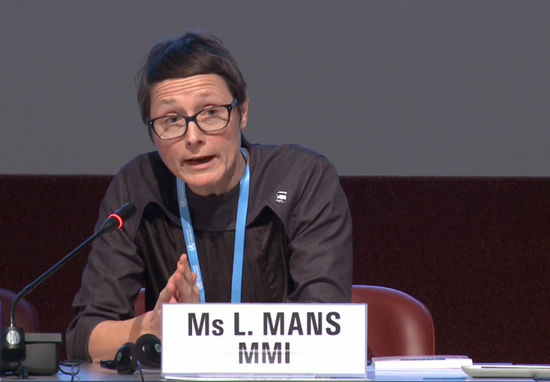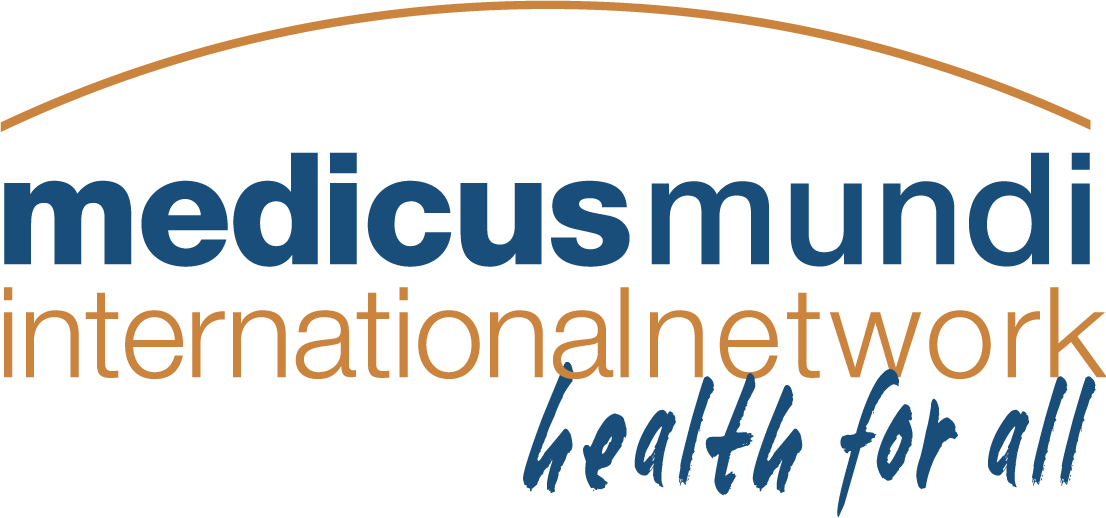 Human resources for health were high on the agenda in 2016 – for sure at global level. The 69th World Health Assembly (WHA) adopted the Global Strategy on Human Resources for Health (HRH). The High-Level Ministerial Meeting on Health Employment and Economic Growth concluded the year “with bold commitments to action highlighting increased investments in the health workforce.” Our observations are that commitments are easily made but, like promises, not always kept.
Human resources for health were high on the agenda in 2016 – for sure at global level. The 69th World Health Assembly (WHA) adopted the Global Strategy on Human Resources for Health (HRH). The High-Level Ministerial Meeting on Health Employment and Economic Growth concluded the year “with bold commitments to action highlighting increased investments in the health workforce.” Our observations are that commitments are easily made but, like promises, not always kept.
What can we as civil society do to improve this? An answer to that question may be for Wemos in linking global advocacy on HRH with MMI to regional, national and local advocacy of our partners in the Health Systems Advocacy (HSA) Partnership.
The 5-year HSA Partnership was launched in Uganda during the project kick-off session in Kampala on 18 March 2016. The strategic partnership consists of Amref Flying Doctors, African Centre for Global Health and Social Transformation (ACHEST), Health Action International and Wemos, and is financed by the Dutch Ministry of Foreign Affairs, the fifth partner. It will contribute to stronger health systems, so that people in Sub-Saharan Africa are able to realize their rights to the highest attainable sexual and reproductive health. The partnership focuses on strengthening HRH and access to essential sexual and reproductive health commodities, while advocating for good governance and equitable health financing. The partnership does not only work in the regional and national scope but takes also the global context into account.
What promises on HRH have been made during the past year? The list is quite impressive:
“Global food for HRH advocacy” was served in May 2016 when the Global Strategy on Human Resources for Health: Workforce 2030 and accompanying resolution got adopted. It aims “to improve health, social and economic development outcomes by ensuring universal availability, accessibility, acceptability, coverage and quality of the health workforce through adequate investments to strengthen health systems, and the implementation of effective policies at national, regional and global levels”. The strategy includes principles, objectives, global milestones 2020 and 2030. It provides “policy options to consider in some countries” and “recommendations to other stakeholders and international partners” too. But we are concerned that it is not explicit enough for and about implementation and called for further steps.
The UN Commission on Health Employment and Economic Growth wanted to avoid this “lack of implementation trap”. The Commission Report “Working for health and growth: Investing in the health workforce” was launched on 20 September 2016 and called for bold actions and urgent investments globally in order to prevent a projected shortfall of 18 million health workers, primarily in low- and middle-income countries, and help countries to maximise the social and economic benefits of increased health employment. The three partners to this Commission, the World Health Organisation (WHO), the International Labour Organisation (ILO) and Organisation for Economic Co-operation and Development (OECD), set out to convene relevant stakeholders by the end of 2016 to develop a five-year action plan.
Meanwhile, the Global Health Workforce Alliance transformed into the Global Health Workforce Network. The GHWN was launched in October 2016 as a global mechanism for stakeholder consultation, dialogue and coordination on health workforce policies on the implementation of the Global Strategy on Human Resources for Health and the recommendations of the Commission. It is important not to forget the political dimensions of stakeholders that participate in such networks. The network should include civil society organizations, because, the role of civil society is one of raising awareness too. Civil society should be there for the necessary checks and balances.
Wemos, as coordinator of the working group on Human Resources for Health of Medicus Mundi International (MMI HRH), was invited to participate on December 14-15 in a High-Level Ministerial Meeting on Health Employment and Economic Growth: From Recommendations to Action in Geneva. In the meeting, governments, permanent missions to the UN, employers, health worker associations and unions, as well as civil society organizations, global initiatives, and others engaged in health, education, youth, gender equality, decent work, and inclusive economic growth came together to agree on a five-year action plan for 2017-2020 for investing in health workforce.
In her presentation at a roundtable about accountability, commitment and advocacy, Linda Mans stressed that inter-sectoral action, dedicated political support, an equal partnership approach and sustained funding are crucially important for advancing the development agenda of equitable health outcomes, inclusive economic growth and improved health security. She referred to conclusions of research from Remco van de Pas (MMI), who studied the policy implementation of commitments of national governments and other actors made at the Third Global Forum on Human Resources for Health.
Linda’s presentation built further on Wemos’ experience in implementation of the WHO Code and how parties can be brought together (like unions, NGOs, health workforce, migrant organizations and ministries) to share “best practices” and advocacy. She emphasised that it all comes down to shared responsibilities. “We also need to return to the premise, and promote that, access to health is a right and shared responsibility (global public good), and not just an investment case.”
How then, can we link these global processes and action plans to actual increase and access to qualified health workers? Our colleagues of the Health Systems Advocacy Partnership in Zambia for instance can use the Zambian commitment made for improved availability of a skilled surgical workforce. They can monitor progress and provide evidence-based feedback to their government. And you can monitor MMI on its bold commitment to advocate equitable access to the health workforce.
Due to demographic developments and the developments of global care chains and expansion of international labour markets, health workforce migration is likely to deepen. And HRH will remain very important in the years to come. This raises ethical questions about the responsibilities of all actors involved in ensuring equitable access to services; whether in low-income settings or in more affluent regions in the world. MMI HRH as one of the few organized civil society networks engaged in and experienced with the global processes is expected to deal with this vacuum in a strategic way. A new “mapping” of actors and thematic analysis will be conducted to re-convene and strategize with relevant, reliable civil society actors over the coming years. Our HSA partners are very much welcome to join.
- Author: Linda Mans
- Photos: (a) Launch ceremony of the HAS Partnership; (b) Linda speaking at High-Level Ministerial Meeting on Health Employment and Economic Growth (c) GHWN logo (c) Photo
- More information:
Wemos: www.wemos.nl
HSA Partnership: https://www.wemos.nl/en/cooperation/hsa-partnership/
MMI HRH: http://www.medicusmundi.org/en/mmi-hrh - Contribution by Wemos to the Annual Report 2016 of the MMI Network
